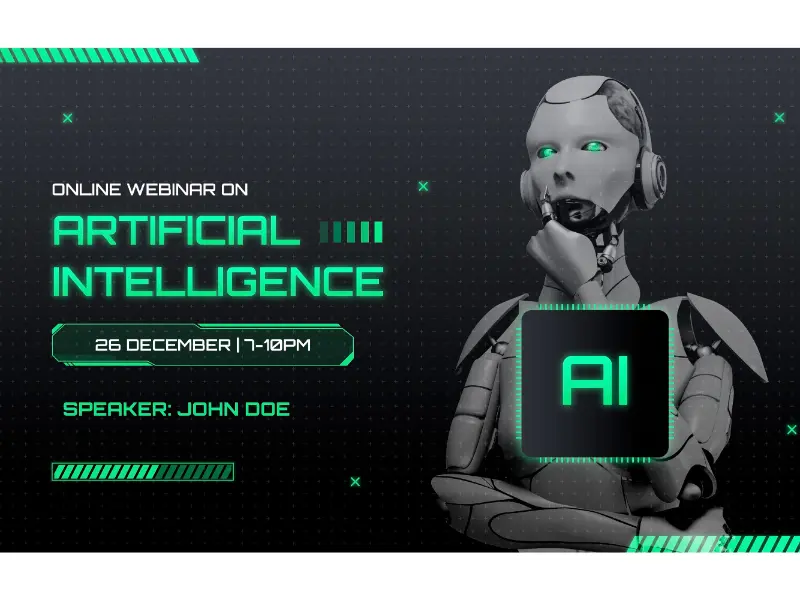- Google Speech Recognition is a service provided by Google that enables users to convert spoken language into text.
- Google’s speech recognition technology works through a combination of deep learning algorithms and vast amounts of data.
- It allows users to interact with devices and applications using their voice, rather than traditional input methods like typing.
The combination of deep learning techniques, sophisticated neural network architectures, large-scale data, and ongoing refinement through user feedback allows Google’s speech recognition system to achieve high levels of accuracy across a wide range of languages and accents.
Google Speech Recognition is integrated into various products and services offered by Google, such as Google assistant, Google translate, Google search and so on.
What is Google speech recognition?
Google Speech Recognition is like a digital interpreter for your voice. It listens to what you say and translates it into written text. This allows you to interact with your devices, search the web, send messages, and more, all by simply speaking aloud. It’s like having a personal assistant who understands and transcribes everything you say, making it easier to communicate and navigate the digital world without needing to type.
Google assistant
Google’s virtual assistant, available on smartphones, smart speakers, and other devices, relies heavily on speech recognition to understand and respond to user commands and queries.
Google search
Users can perform voice searches on Google’s search engine, allowing them to quickly find information by speaking their queries instead of typing them.
Google translate
Google’s translation service supports speech recognition, enabling users to speak a phrase in one language and have it translated into another language in real-time.
Google voice: This service allows users to make phone calls, send text messages, and perform other tasks using their voice.
Also read: Google is adding its Gemini Nano AI model to desktop Chrome
How does it work?
Here’s a simplified explanation of the process.
Audio input
The process starts with the user speaking into a microphone, which captures the audio signal.
Pre-processing
The audio signal may undergo pre-processing steps like noise reduction and normalisation to improve the quality of the input.
Feature extraction
The audio signal is then converted into a spectrogram, which is a visual representation of the frequencies present in the audio over time. From this spectrogram, features such as Mel-frequency cepstral coefficients (MFCCs) are extracted. MFCCs capture important aspects of the audio signal related to human speech.
Neural network
These extracted features are fed into a deep neural network (DNN) or recurrent neural network (RNN), typically a type of deep learning model known as a Long Short-Term Memory (LSTM) network or a Transformer architecture. This network has been trained on vast amounts of labeled audio data, associating input audio features with corresponding text transcripts.
Also read: Google Gemini strives for fair AI image generation
Decoding
The neural network produces a sequence of phonemes or linguistic units based on the input audio features. These phonemes are then mapped to words and sentences using language models that consider the probabilities of different word sequences.
Language models
Google’s speech recognition systems also employ language models to improve accuracy. These models consider the context of the speech to predict the most likely sequence of words.
Feedback loop
Google’s system continuously learns and improves over time based on user interactions. When users correct transcription errors or select alternative suggestions, this feedback is used to refine the models and improve accuracy in future interactions.

